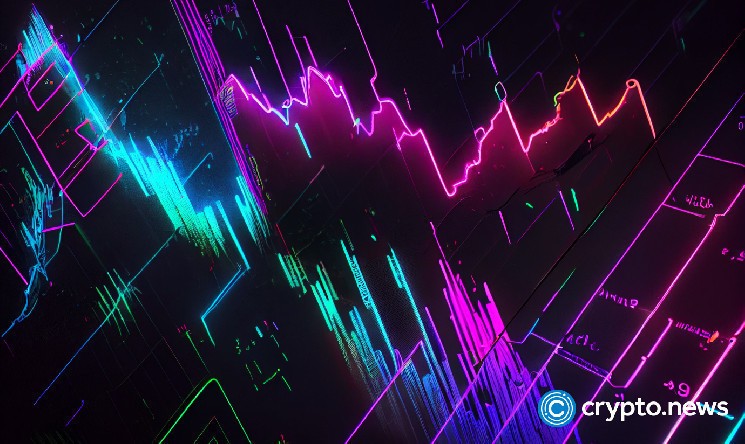As a result of the increased interest in digital collectibles sparked by replicas of a top NFT line, the total number of bitcoin ordinals has already surpassed 550,000.
According to a study published by Dune Analytics, the total daily transaction costs for minting bitcoin ordinal inscriptions hit a new all-time high on March 23 at 9.28 BTC, equivalent to around $257,460.
Around $3.3 million in transaction fees have been paid since the inception of the ordinals project in January 2023, as per the study. These payments were paid to store photos, text, and even video games on the original blockchain.
Ordinals just smashed its prior ATH for daily fees spent inscribing.
— Leonidas.og (@LeonidasNFT) March 23, 2023
$257,460 (9.28 BTC) has been spent on inscription fees today!
Every single inscription is making the Bitcoin network more decentralized and more secure. pic.twitter.com/kV0CgVGnVF
The increase may be credited, in a significant part, to Bitcoin Apes, a variant of the popular BAYC NFT collection that is being copied on the Bitcoin network.
How the bitcoin apes work
A pseudonymous NFT historian Leonidas claims that Bitcoin Apes follow the same reasoning as Bitcoin Punks, which states that the first byte-perfect picture of a bored ape to get inscribed is the actual one. 8,397 bitcoin apes have already been inscribed.
After they have been minted, almost one million dollars will have been spent inscribing the 10,000 identical duplicates of the BAYC photos on to the Bitcoin blockchain.
🚨 Over 7̶,̶0̶0̶0̶ 𝟴,𝟬𝟬𝟬 @BitcoinApes_ have now been inscribed! 🤯
— Bitcoin Apes (@BitcoinApes_) March 23, 2023
Bitcoin Apes are byte-perfect ordinal inscriptions of the original Bored Apes, 100% on the Bitcoin blockchain 👉 https://t.co/j015ht54Nq #inscriptions #ordinals #ordinalsnft pic.twitter.com/X4VhomuD11
According to Leonidas, the bitcoin blockchain now has almost 1 gigabyte of photographs of monkeys out of 466 gigabytes of data.
In a bizarre sense, Leonidas said this is incredibly helpful for bitcoin. According to Leonidas, each additional transaction cost being paid to engrave these apes contributes to the safety of the bitcoin network. This gives miners a new money stream to augment the block rewards.
According to Leonidas, initiatives like Bitcoin Apes might answer the age-old dilemma of what to do when the predetermined bitcoin block rewards inevitably run to zero in 2140.
Even if JPEGs are gaining in popularity on the Bitcoin network, Dune claims that most ordinal Inscriptions are still written in the form of text.
Leonidas says that bitcoin apes prove that the culture of one of the most famous NFT collections inevitably extends to other blockchains.
Should you be worried about duplicates?
Some BAYC members are worried that duplicates of their NFTs may be manufactured and exchanged on the bitcoin network. But Leonidas thinks it’s silly to worry about things like that.
Leonidas explains that “blockchains address the issue of provenance for digital art,” clarifying that only legitimate BAYC holders can access the original and bored apes.
According to him, this is merely another derivative effort of a famous PFP collection, which ultimately dilutes the value of the original PFP collection for its legitimate holders.
The price of bitcoin apes continuously increases despite having sparked discussions amid their introduction. Still, holders of BAYC NFTs may be unwilling to pay to inscribe their digital treasures on bitcoin.
